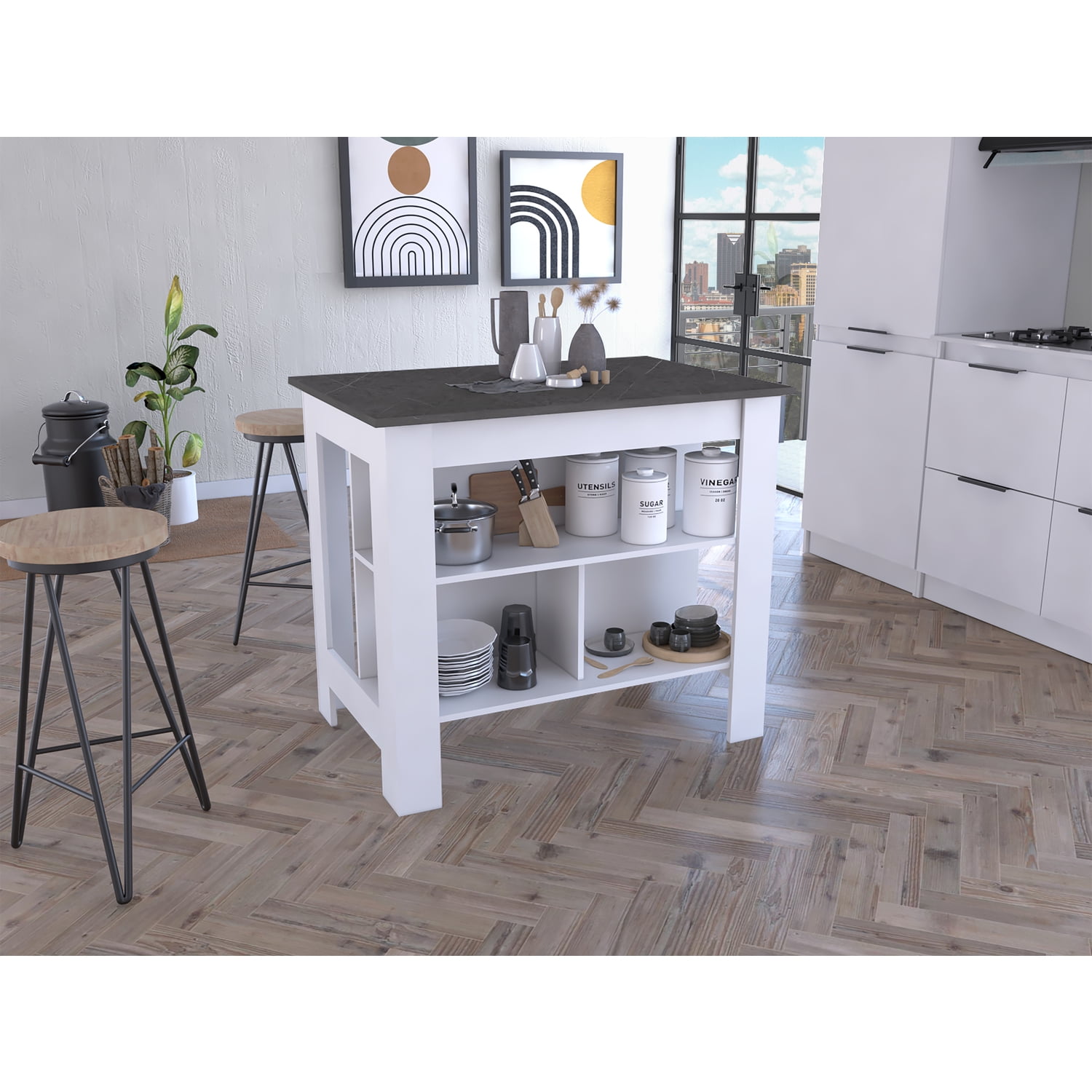Customize Your Kitchen Look with One-of-a-kind Legs For Kitchen Island Options
Customize Your Kitchen Look with One-of-a-kind Legs For Kitchen Island Options
Blog Article
A Guide to Selecting the Perfect Legs For Cooking Area Island for Your Home
Choosing the perfect legs for your kitchen island is a nuanced choice that influences both the performance and visual allure of this main room. Factors such as elevation, materials, and style play an essential duty in integrating your island with the overall kitchen area layout. Additionally, understanding the significance of stability and maintenance can significantly affect your choice. As you consider these elements, it ends up being evident that the best legs can transform not just the look of your kitchen yet likewise its usability for several years to come. What details functions should you prioritize in this selection procedure?

Understanding Kitchen Island Legs
When selecting legs for a kitchen area island, it's necessary to recognize their visual and functional functions in the total design. The legs function as a vital support group, making sure stability and resilience for the island, which typically functions as a work space, dining location, or collecting area. As a result, the selection of product and building and construction technique have to be robust enough to hold up against day-to-day use and potential wear.
Along with their architectural obligations, legs contribute dramatically to the island's aesthetic charm. They can boost the kitchen area's design, whether with typical, modern, or diverse styles. The elevation and percentage of the legs are additionally important considerations; they need to integrate with the island's counter top height while ensuring comfortable seating for those using the area.
Furthermore, the leg style can influence the overall circulation of the kitchen area. Open, airy leg designs can produce a feeling of agility, while strong, considerable legs may share a more based and secure aesthetic - Legs For Kitchen Island. Comprehending these practical and visual facets will lead home owners in making informed choices that complement their kitchen's design and improve its functionality
Popular Styles and Products
The selection of legs for a kitchen island incorporates a variety of popular designs and materials, each offering distinct characteristics that can boost both functionality and aesthetic appeals. Standard legs usually display luxuriant information and craftsmanship, boosting traditional cooking area styles.

Elevation and Stability Factors To Consider

The legs of the kitchen island should give adequate support, making sure that the structure can hold up against daily usage without changing or tottering. Material option plays a considerable function in stability; steel legs, for circumstances, often tend to use greater stamina find out here contrasted to wood.
Matching Your Cooking Area Aesthetic
Picking the right legs for your kitchen island goes past performance; it additionally plays a significant duty in the overall aesthetic of the space (Legs For Kitchen Island). When choosing legs, take into consideration the layout style of your kitchen.
Legs that match or comparison with your island's surface and surrounding cabinets can develop aesthetic harmony or striking focal points. Additionally, take into consideration the coating of the legs; matte, shiny, or distinctive surfaces can significantly affect the general feeling of the kitchen area.
Installment and Upkeep Tips
Mounting cooking area island legs requires mindful focus to information to guarantee both security and aesthetic appeal. Begin by choosing an ideal location for your island, guaranteeing it is degree and has adequate room for movement. Make use of a stud finder to find wall studs click here now if you are attaching the legs to a wall surface or utilizing braces for added support. Mark the positioning of the legs properly before drilling.
When securing the legs, use premium screws and, if needed, wood adhesive for additional strength. For metal legs, make certain that you are making use of appropriate anchors and tools to avoid damages to your floor covering. It is advisable to look for levelness after installation, making modifications as needed to stay clear of wobbling.
Clean the legs with a suitable cleaner, have a peek at these guys preventing unpleasant products that might damage the surface area. By following these installment and maintenance tips, you can ensure that your kitchen island legs stay both visually enticing and useful.
Conclusion
In verdict, selecting the ideal legs for a kitchen island necessitates careful factor to consider of elevation, stability, and aesthetic compatibility. Inevitably, thoughtful leg option plays a crucial function in raising both the practicality and layout of the kitchen area.
When selecting legs for a kitchen area island, it's important to comprehend their visual and functional functions in the overall design. Open, airy leg styles can produce a sense of lightness, while solid, considerable legs might convey an extra grounded and secure aesthetic. The legs of the kitchen area island need to offer sufficient support, guaranteeing that the structure can endure everyday use without changing or tottering.Mounting kitchen island legs needs mindful attention to information to ensure both security and aesthetic charm.In verdict, selecting the suitable legs for a kitchen area island necessitates careful factor to consider of height, stability, and visual compatibility.
Report this page